SAFERVETS® POLICIES ARE:
- Easy to follow and simple to read
- Current, correct and up-to-date
- Researched extensively
- Focussed on a single hazard (see list below)
- Set out under the following sections
- What is the hazard?
- What are the potential risks to our health?
- Employer responsibilities
- Safe work procedures (the steps required to stay safe)
- And contain additional information about Personal Protective Equipment (PPE), record keeping, incident reporting and recommended reading material for those that like to know more
SAFERVETS® RESEARCH
SAFERVETS® researches widely (so you don’t have to!) to ensure all our information and advice is up-to-date and correct, using the following sources:
- Australian government safety legislation (WorkSafe, SafeWork)
- Advice from WHO, CDC, NIOSH
- Guidelines provided by professional associations and registration boards
- Vet- industry standards, published research and best practice
- Input from industry experts, such as anaesthetic specialists, radiation scientists, environmental waste scientists and more…
WHAT ARE THE SAFERVETS® TOPICS?
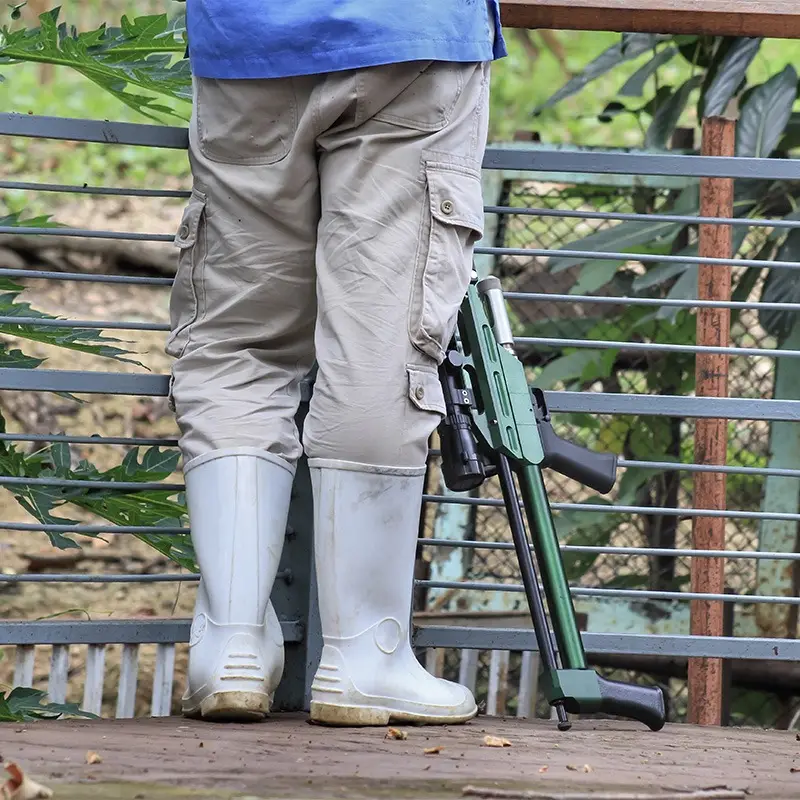
Firearms
Do your staff need to access a firearm or captive bolt to humanely euthanise an animal? In addition to the appropriate license, what training do you need to give them? What if clients are present?
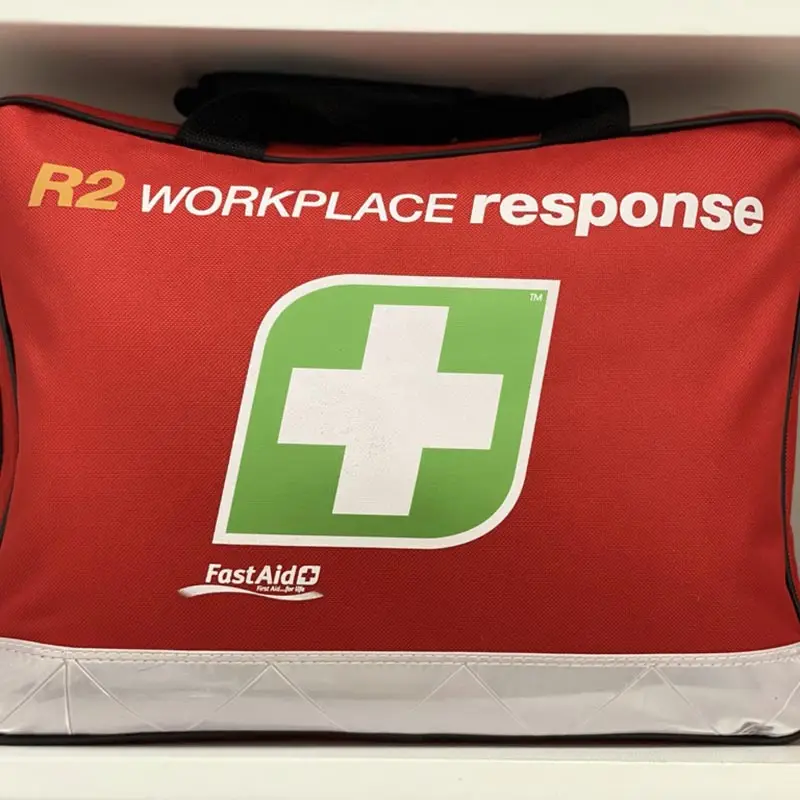
First Aid
Are vet clinics considered by safety legislation as ‘high’ or ‘low’ risk workplaces and what does that mean? How to appropriately provide the required first aid equipment and first aid-trained staff for a vet business? What is required? What about first aid training?

Fluoroscopy
Covers the important aspects of radiation safety that apply to fluorscopic procedures, particularly staff actions to take prior to the procedure starting and how to minimise the radiation used for the procedure.
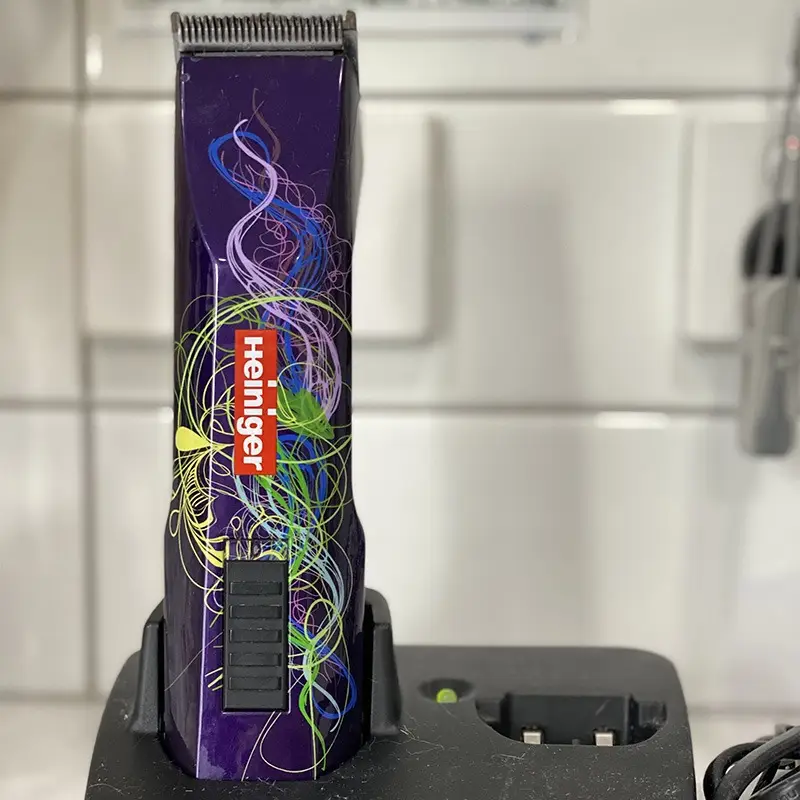
Grooming
How to handle wet and slippery patients without risking a musculoskeletal disease (MSD) injury? What about hot air blowers and dryers – what can go wrong?
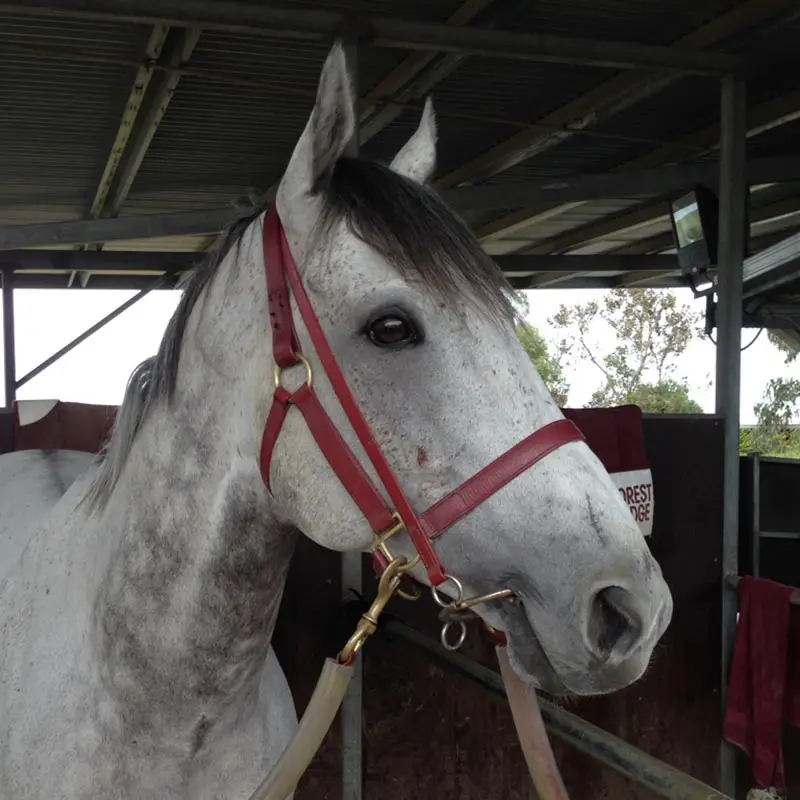
Horses
What areas or situations are most dangerous when working with horses and how do we remain in control of safety? How to examine horses with safety in mind as well as move them around the clinic? What facilities are needed to maximise staff safety?
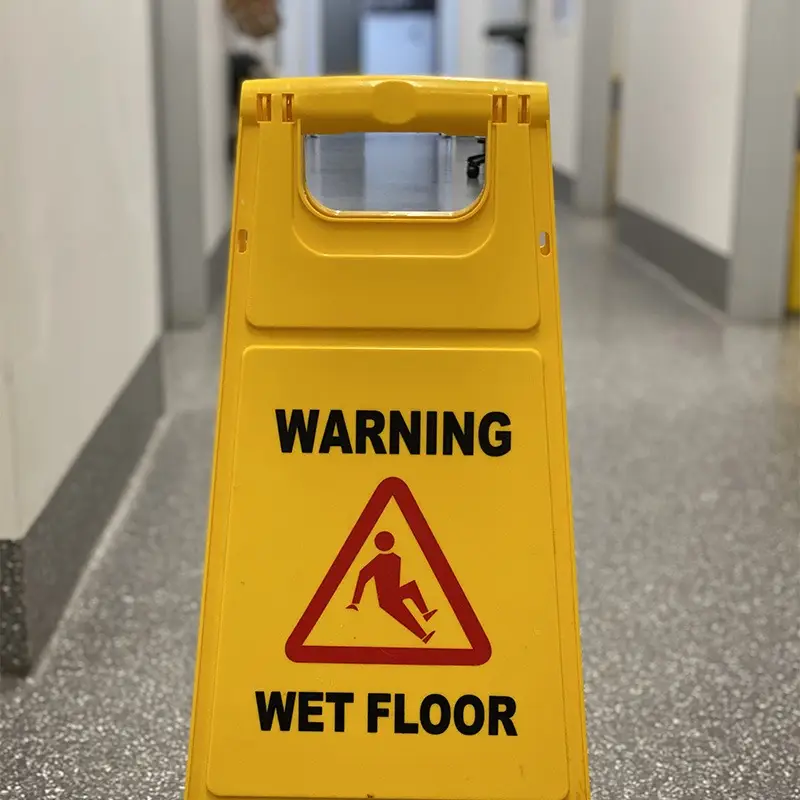
Housekeeping
Advice on ways to minimize slips, trips and falls in veterinary workplaces, what hazards are often present, what can we do about them.
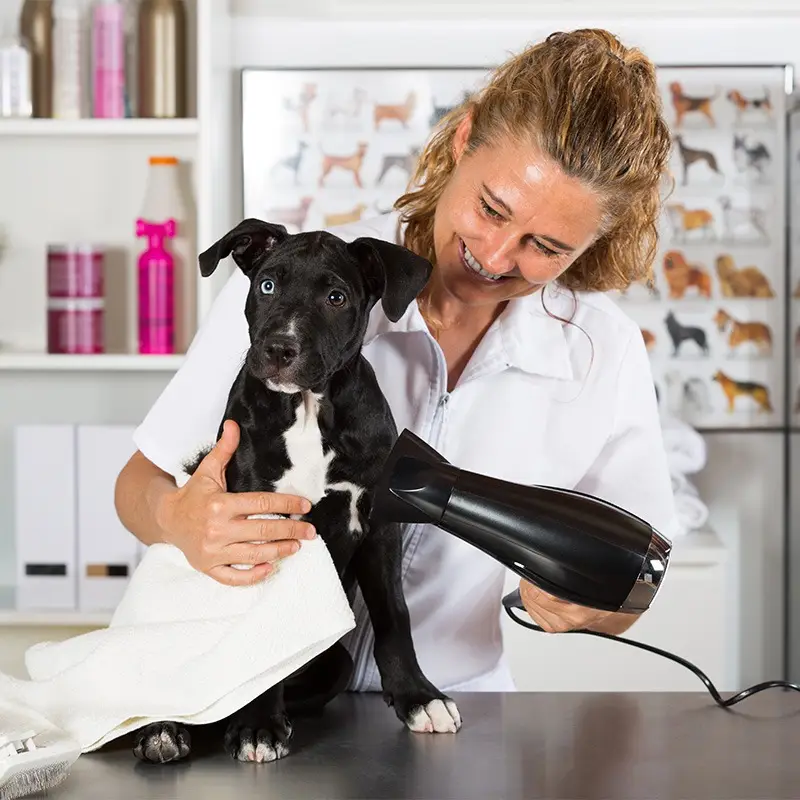
Hydrobaths
How to handle wet and slippery patients without risking a musculoskeletal disease (MSD) injury, how to mix water and electricity safely, how to keep clients safe if they use a hydrobath at your clinic
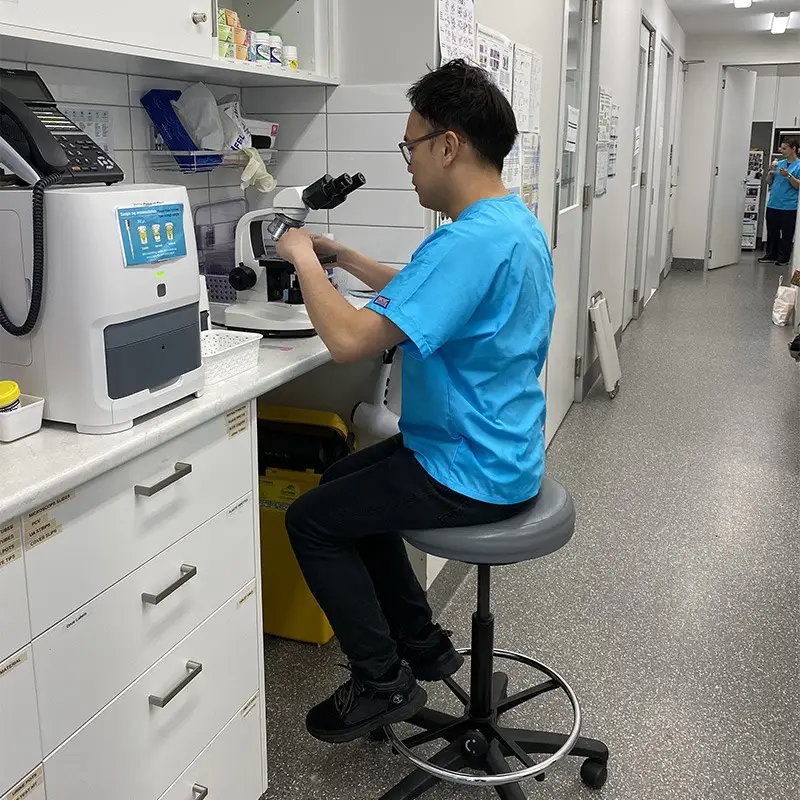
Laboratory
How to work safely in the veterinary lab, safe microscope and centrifuge use, how to handle dangerous chemicals like formalin safety, what to wear?

Laser
What are the risks of using lasers and how can we work better, in order to keep everyone safe? What to wear when using a laser, what does the Australian Radiation Protection and Nuclear Safety Agency (ARPANSA) say?
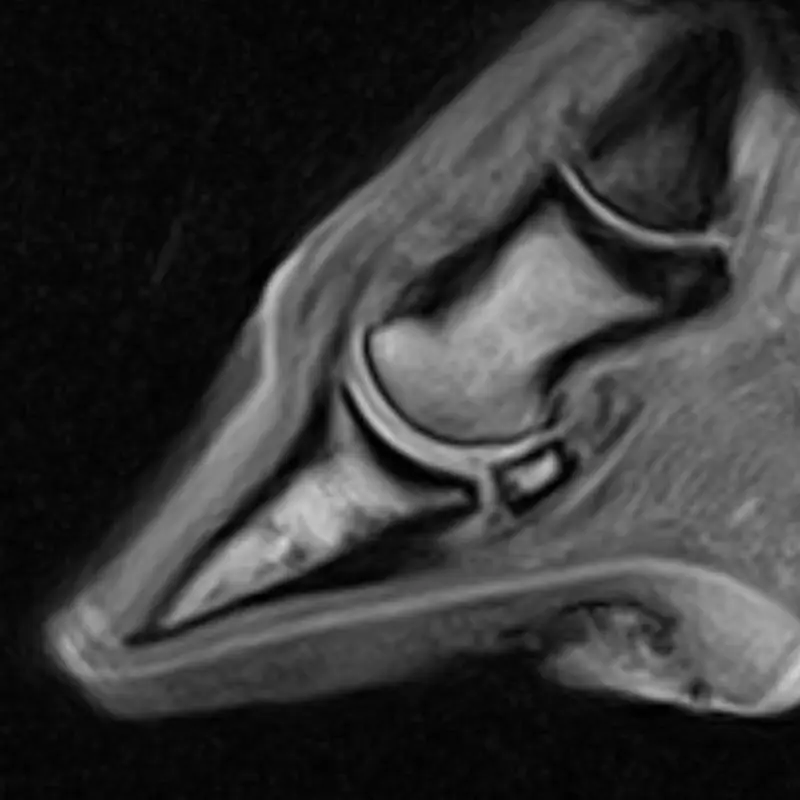
Magnetic Resonance Imaging
Coming soon…
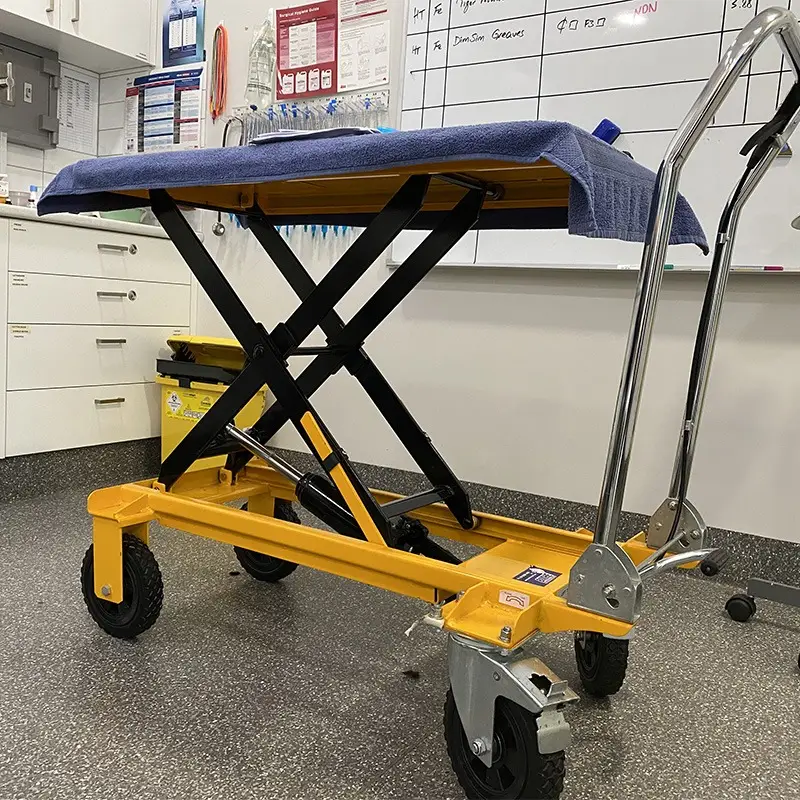
Manual Handling
How to work safely with common veterinary manual handling challenges such moving animals, working with large animals, and unpredictable patients. Suggested lifting limits and how to reduce the risk of veterinary industry musculoskeletal disease (MSD).
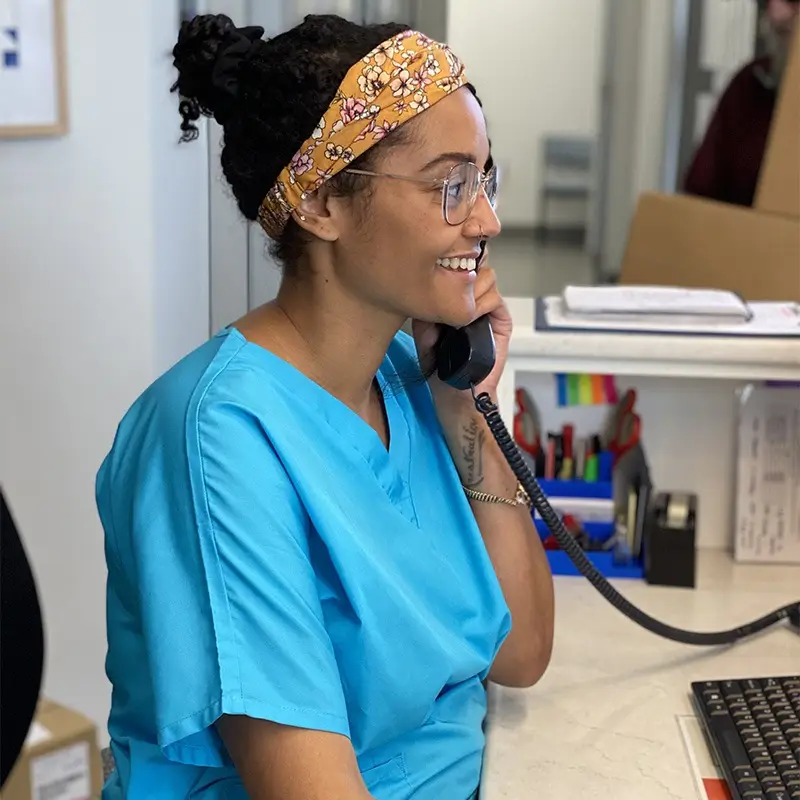
Office Work
What about desk and computer related work- what can go wrong and how can we remain safe if our roles involve this sort of work? How to maximise comfort and reduce the risk of injury in the office environment including lighting, desk, chair and phone set-up procedures formed with safety in mind
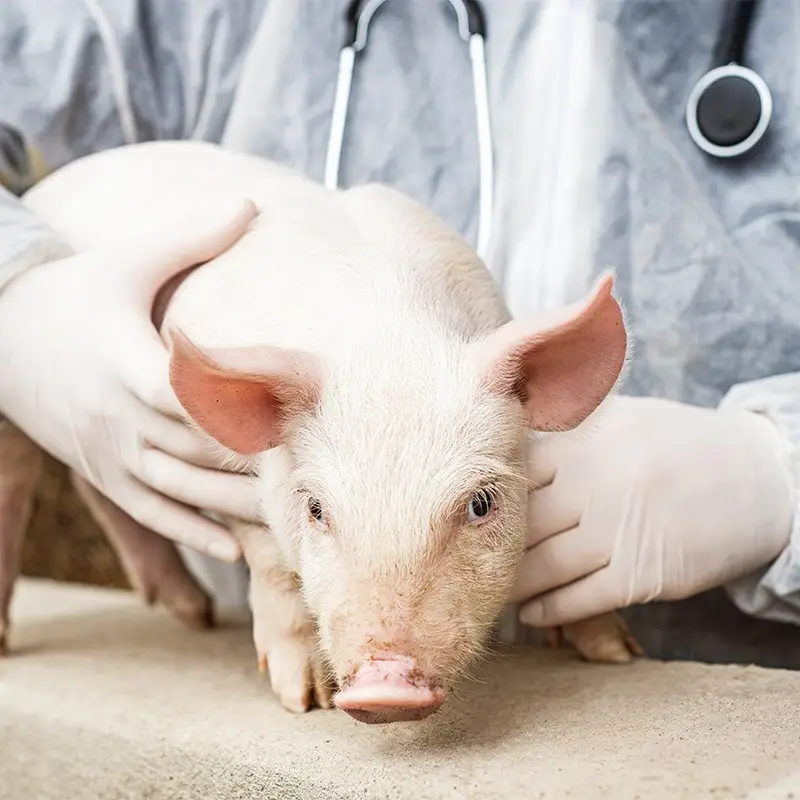
Pigs
What is the best way to work with (not against) the natural behaviour of pigs and remain safe? What are some of the more dangerous situations; and way to reduce risk in those moments? What zoonotic diseases might be relevant when working with pigs?
Radioactive Iodine (I-131)
Coming soon…
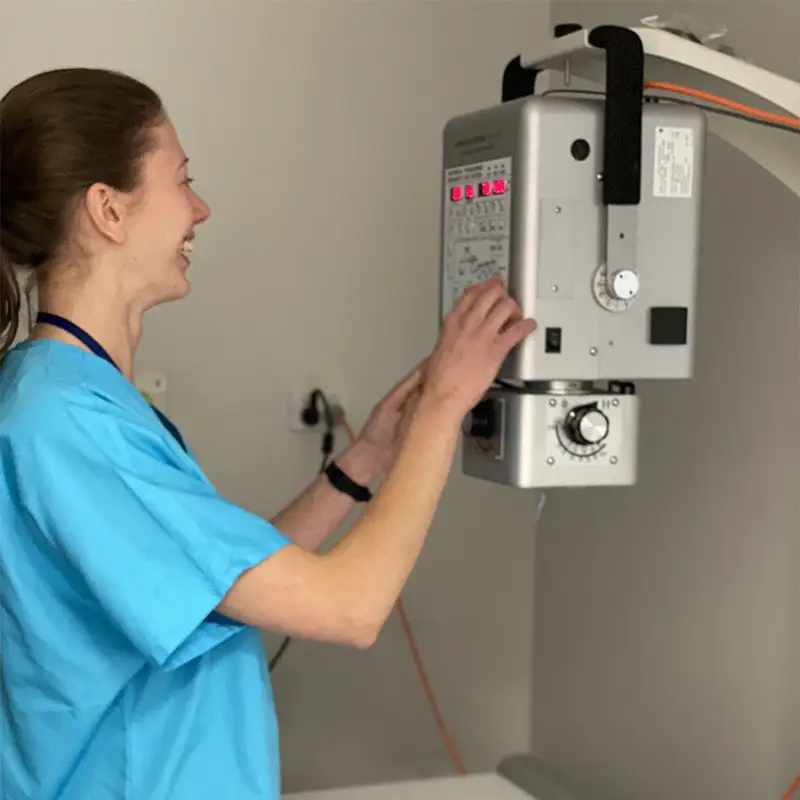
Radiology
How to work safely with veterinary radiation, including who is allowed to be present (clients? teenagers? pregnant staff?), how to maximise radiation safety protection, how to check your radiation protection clothing is working
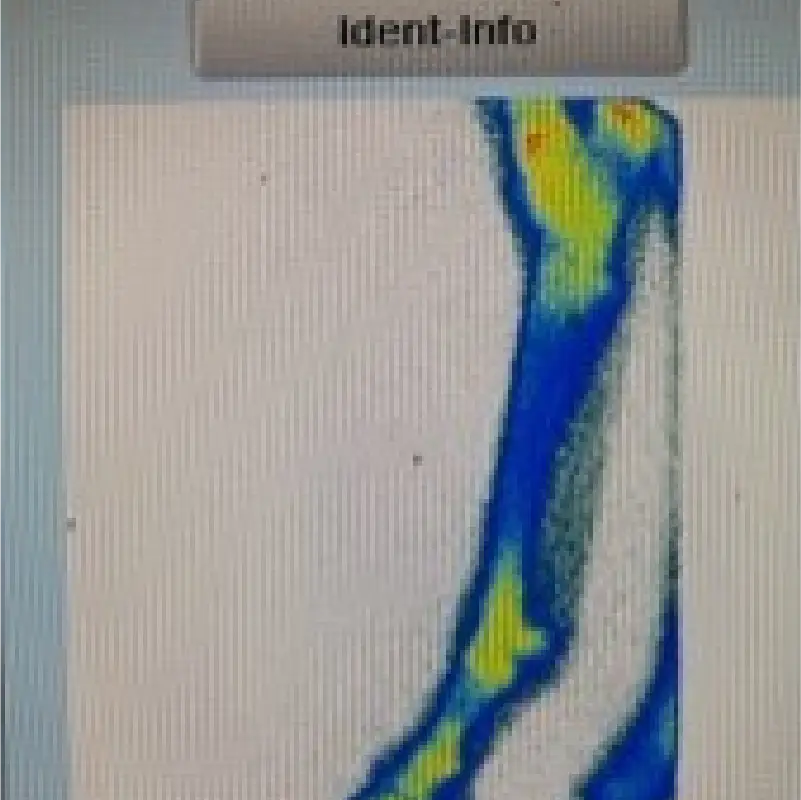
Scintigraphy
For those that undertake this specialised imaging technique, details are provided about the potential radiation exposure risk and how to adapt procedures and techniques to maximise safety, including what to do in the event of a ‘spill’.